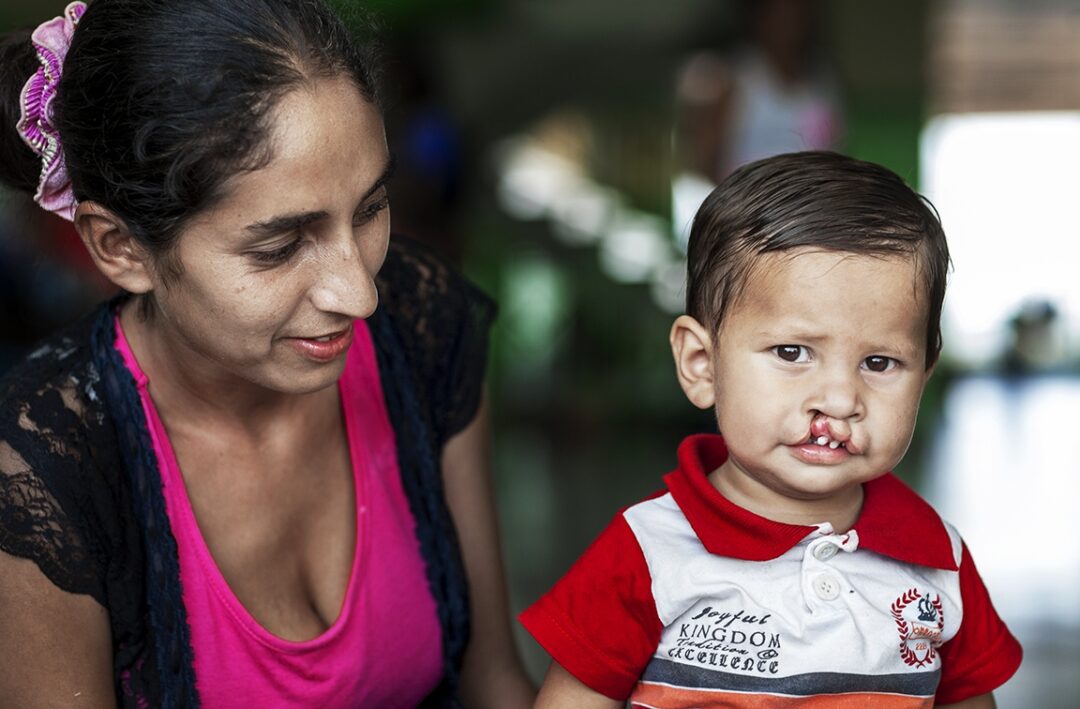
Amid adversity, a family's bravery emerges
Holding their newborn baby for the first time is often one of the most joyous moments a parent can experience. But for Ani and her husband, Roberto, seeing their son, Alex, brought feelings of fear and despair.
Stigma and misinformation
Alex was born with a cleft condition.
Worldwide, it’s estimated that every three minutes, a child is born with a cleft condition. Many of those parents experience similar emotions of uncertainty and worry that Roberto and Ani felt.
Lacking awareness of the potential causes of cleft conditions – which can be environmental, hereditary or a combination of both factors – families oftentimes blame themselves. After seeing their child’s cleft lip, many mothers and fathers begin to question what they did wrong. Some even believe that they are receiving punishment by having a child with a cleft condition.
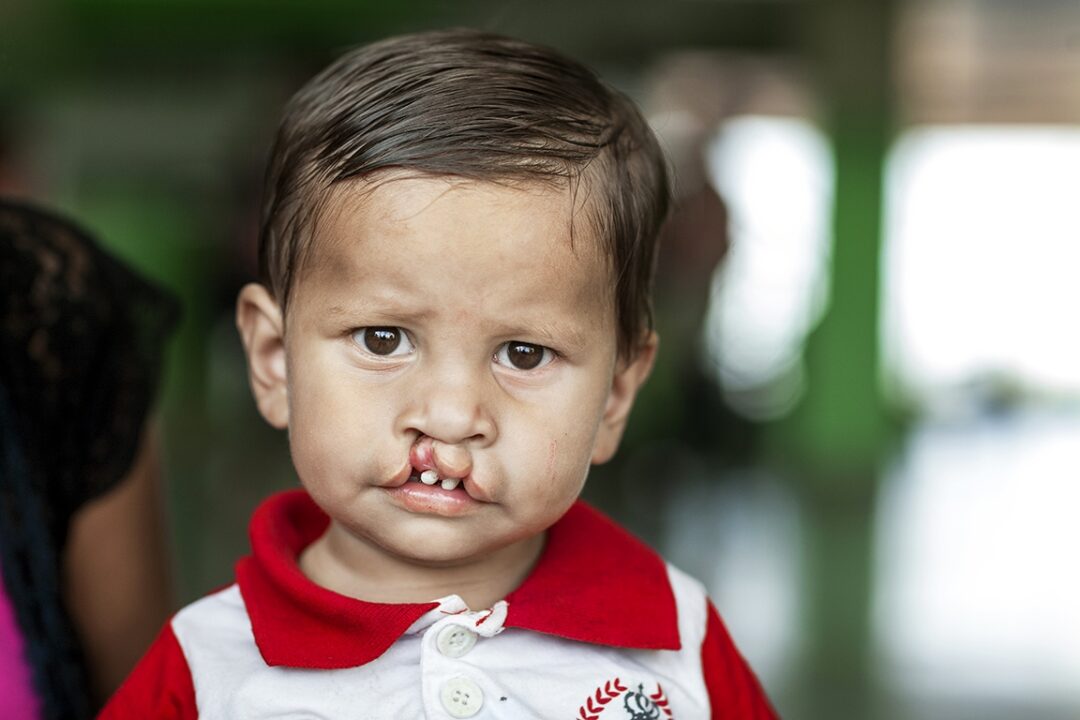
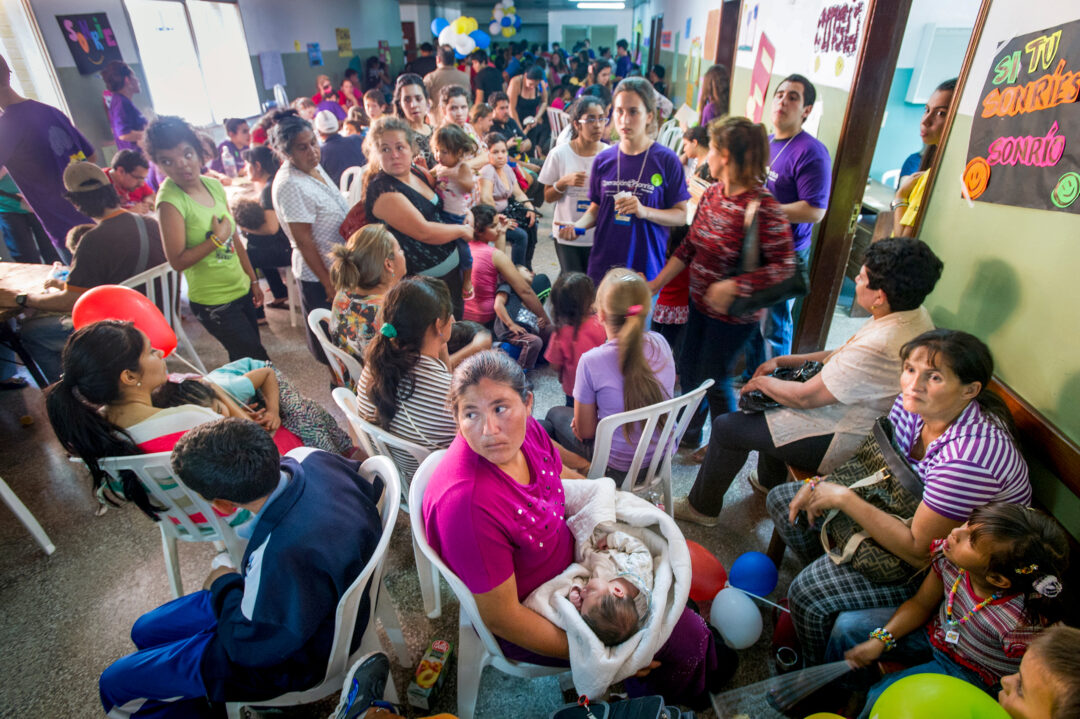
Where you live shouldn’t determine if you live
In higher-income countries, families have immediate access to health care professionals with the skills and expertise to treat cleft conditions. With health systems in place to provide hope during a time when they feel alone, parents are comforted when they receive resources, support and surgical intervention early in their child’s life.
But depending on where families live around the world, what happens next in their child’s cleft care journey can look very different.
In areas of the world with under-resourced health care systems and a lack of trained medical professionals, access to timely surgery and cleft care is often unavailable or inaccessible.
Fortunately, the doctors at the hospital where Alex was born calmed Ani’s fears by explaining how her son’s cleft condition could not only be repaired through surgery, but that Operation Smile Paraguay would provide the high-quality cleft care he needed at no cost to the family.
Early intervention keep Alex healthy
When Ani called the number of the Operation Smile Paraguay office, she received immediate support to help her gain confidence when navigating the challenges of caring for a child with a cleft condition.
A few weeks later, when Alex was one month old, Ani made the four and half hour journey from their home to the care centre in Asunción. There, Alex was evaluated by a volunteer paediatrician, and Ani received more counselling on breastfeeding a baby with a cleft condition. Fortunately, Alex was thriving because he was able to breastfeed properly.
The Operation Smile Paraguay local team reassured Ani and Roberto that Alex was healthy and that they just needed to be patient until the next surgical programme.
Seven months later, that day finally arrived. However, an unforeseen obstacle arose.
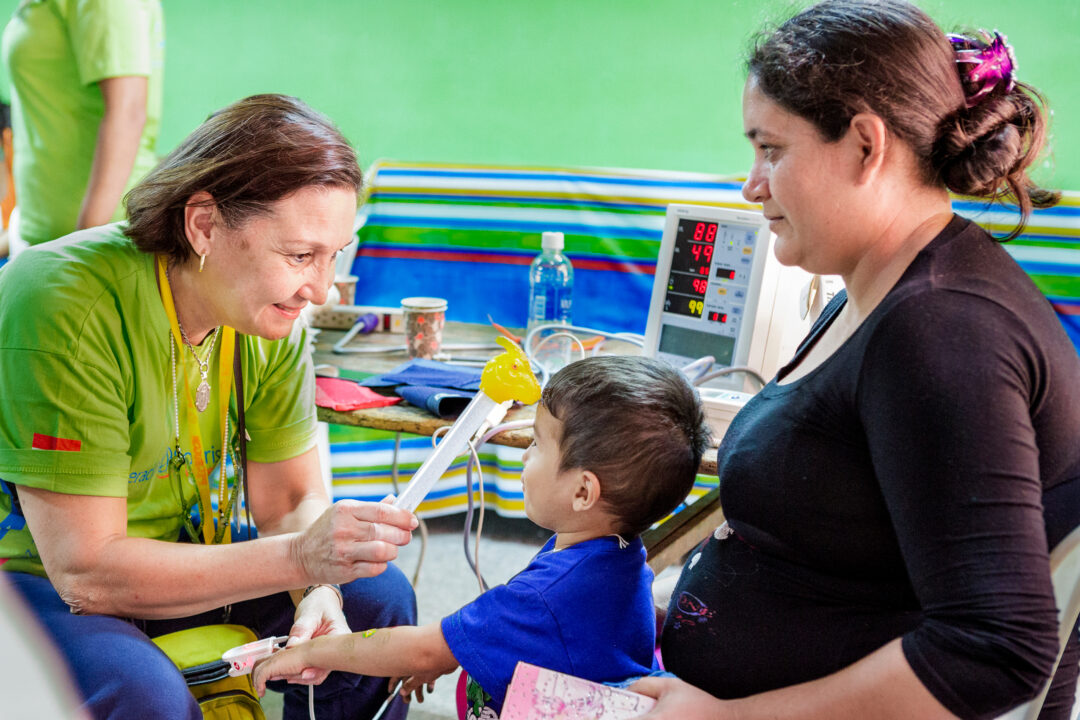
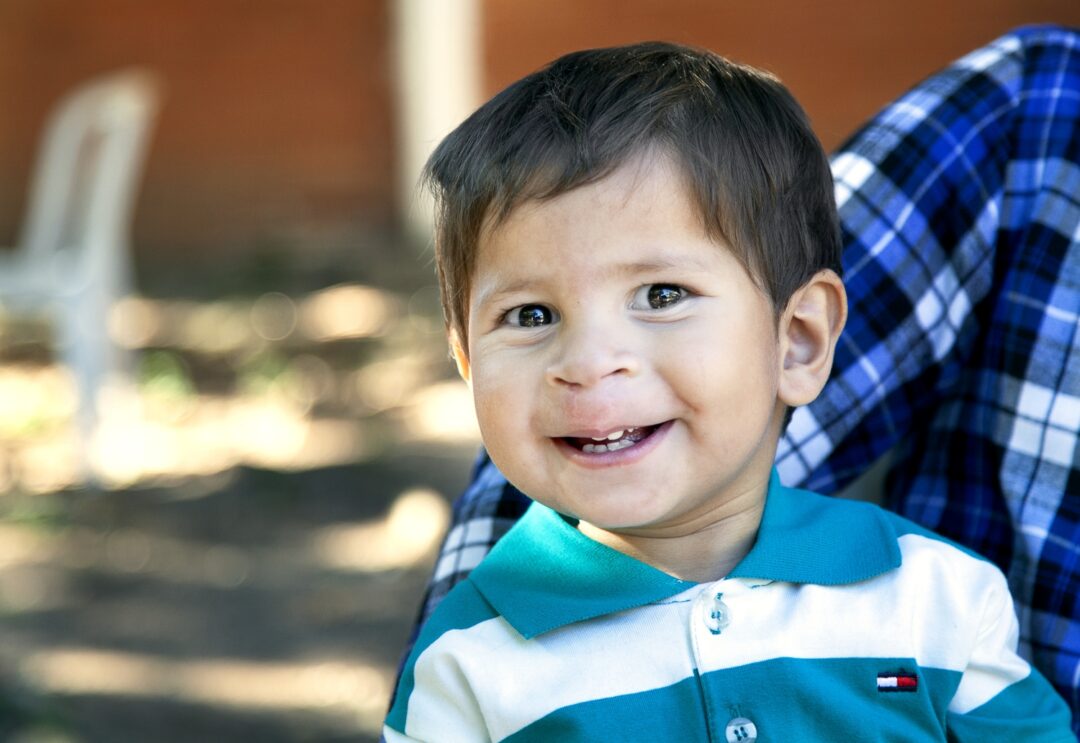
New smiles, brighter future
Ani, Roberto and eight-month-old Alex made the journey back to Asunción in hopes that he would receive life-changing cleft surgery. But with so many children living with untreated cleft conditions in the country, there weren’t enough resources or time for the local team to provide surgery to every patient who arrived.
Alex would have to wait until the next scheduled programme to receive surgery. But Ani and Roberto never lost hope, and they became more determined than ever to get their son the care he deserved.
After six months of waiting for the next surgical programme, Ani and Roberto prepared to make another journey to Asunción. Rather than experiencing the same disappointment they felt during their last attempt at surgery, Roberto and Ani were filled with anticipation.
Their hopes were realized when Alex was selected for surgery to receive his new smile. Ani couldn’t find the words to express her emotions of seeing Alex for the first time. When asked if she had a message for the volunteers who helped her son, she said, “Thank you.”
After the family returned home, friends, family and neighbours who knew Alex were amazed by the change and gathered to see the his new smile.
Before and after cleft
Operation Smile Paraguay provides cleft care to thousands of families.
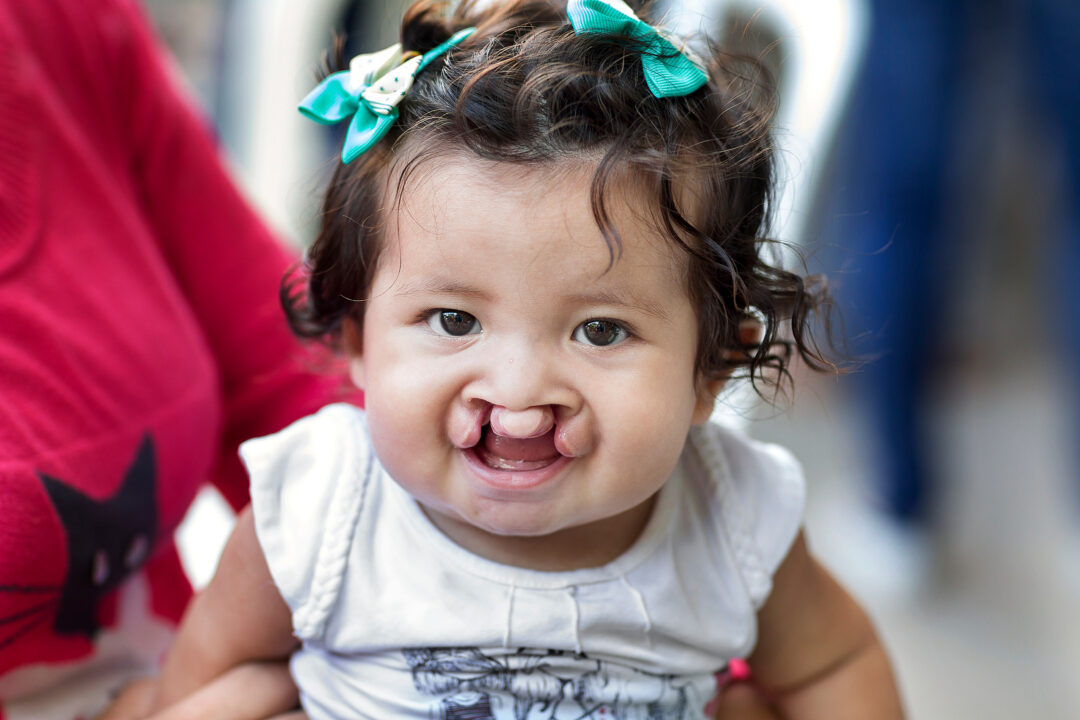
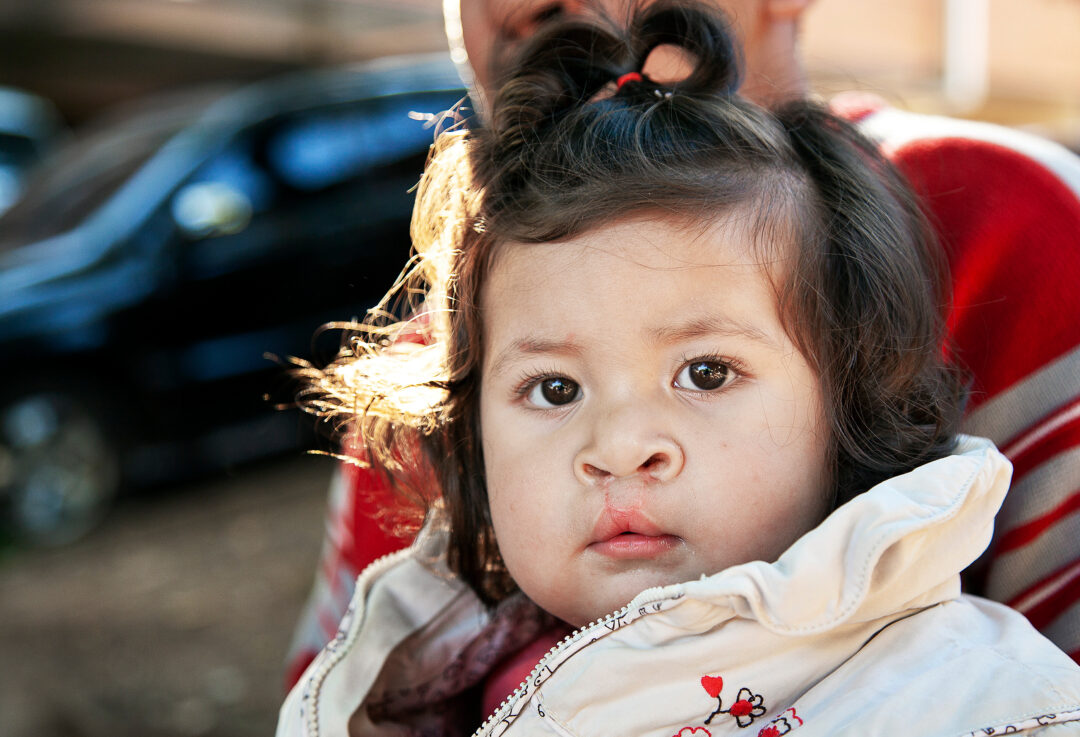
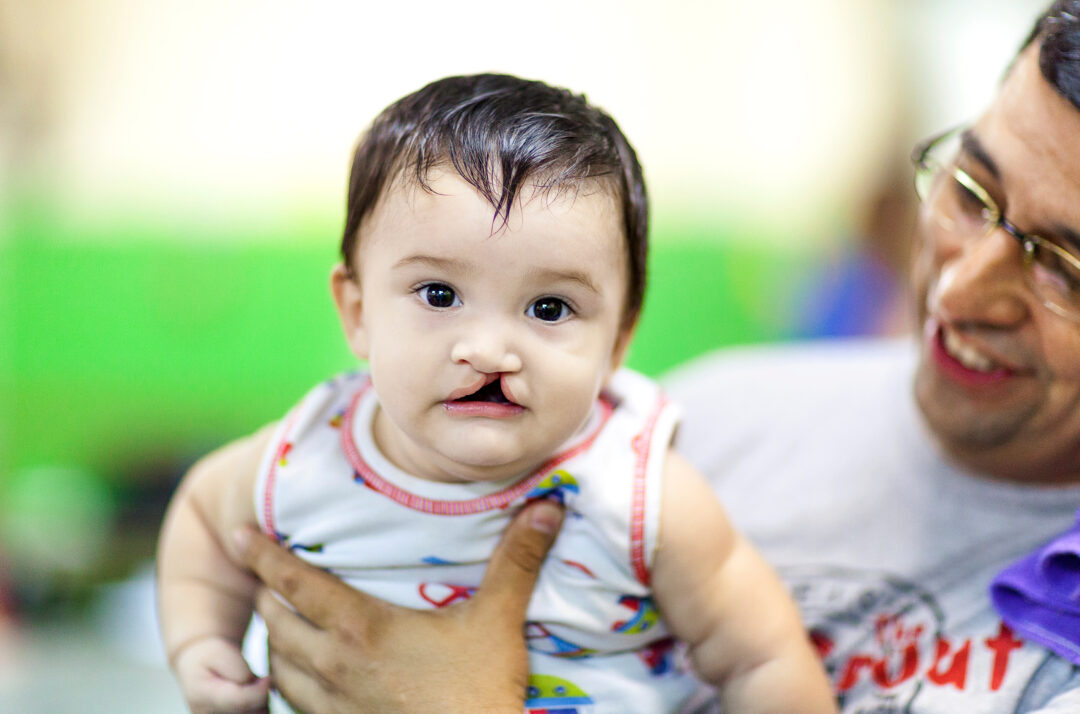

Cleft care in Paraguay since 2005
